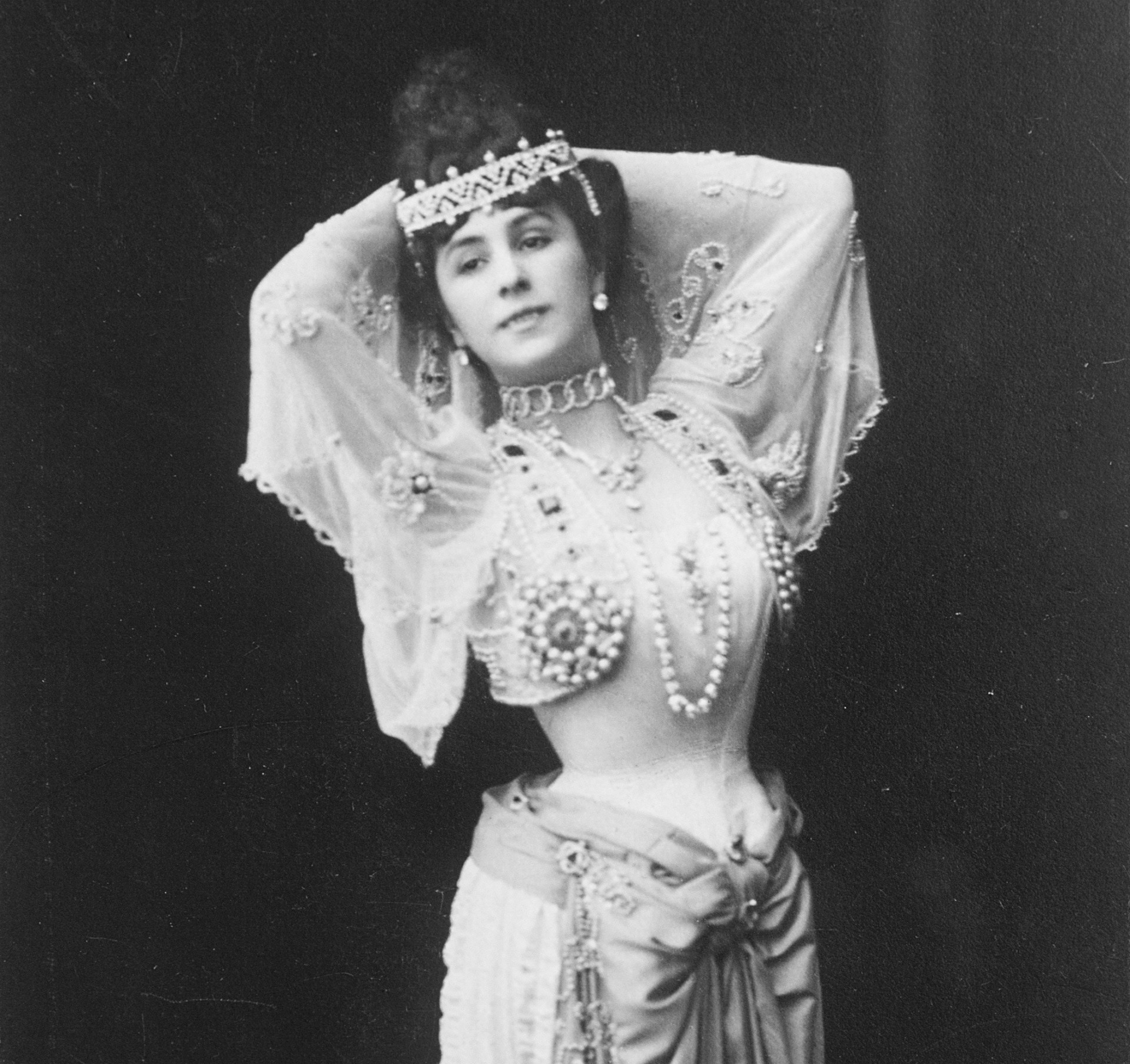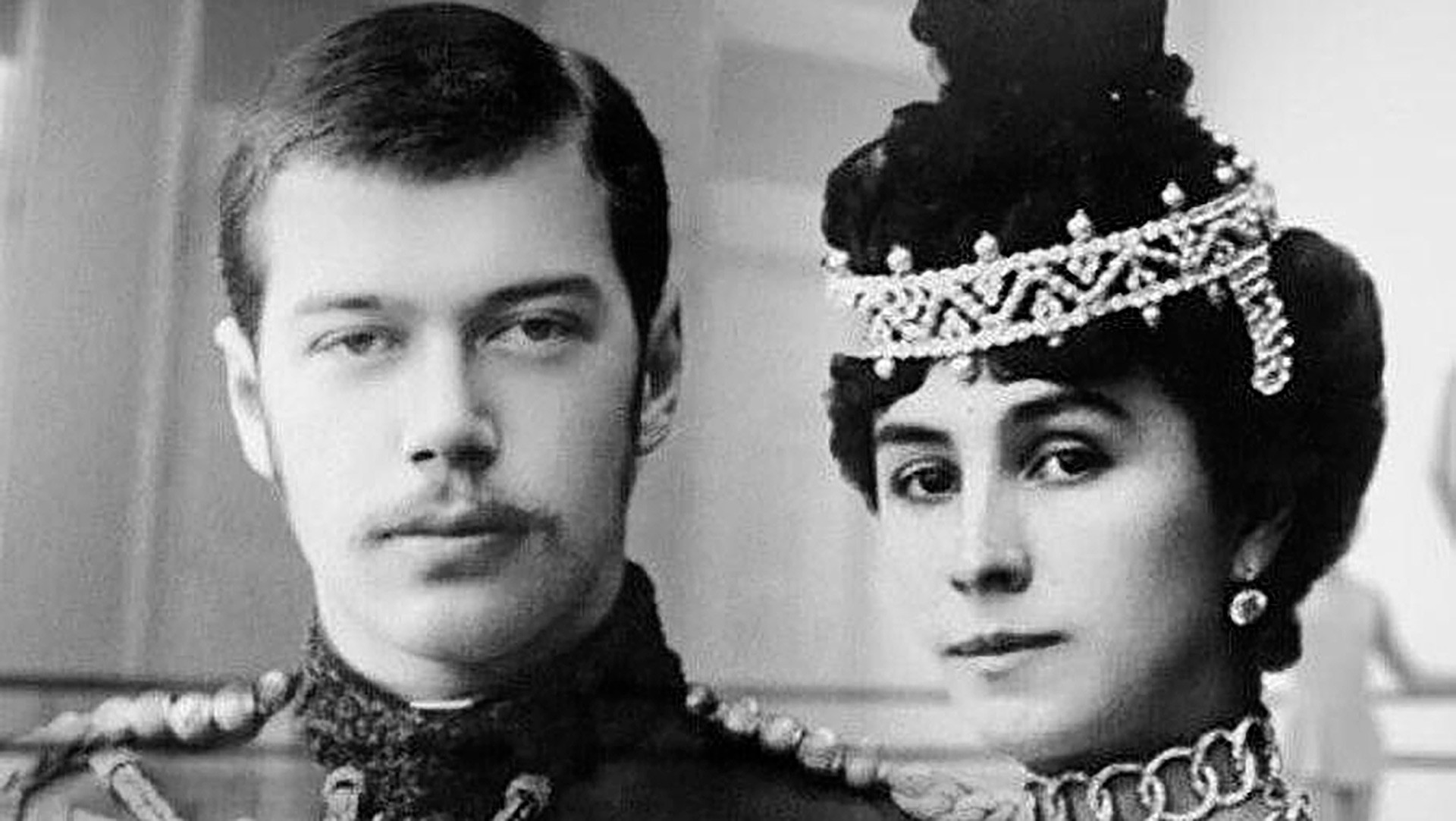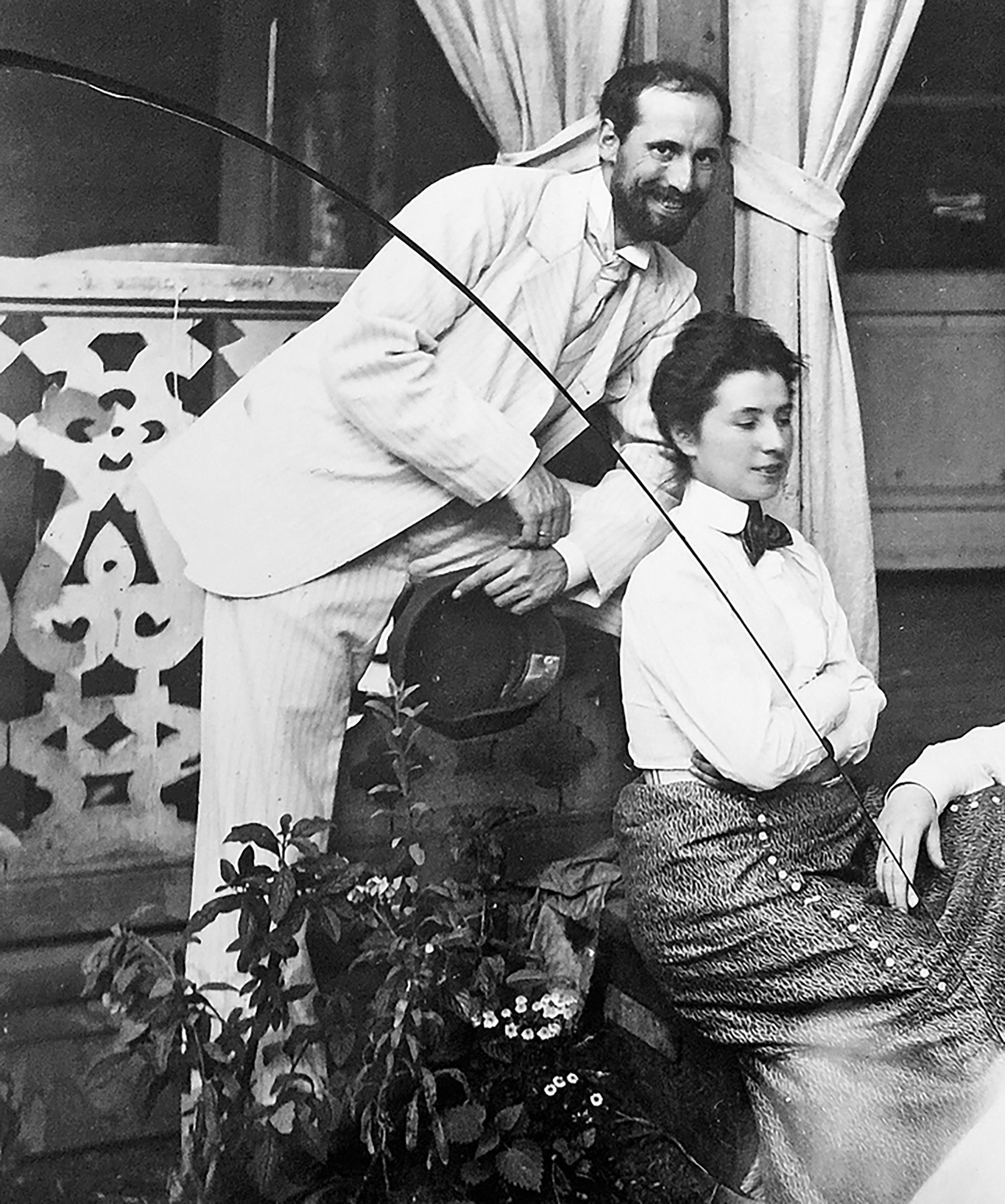Romanov’s mistress: Who was she and why is their relationship so mysterious?

Historian: "Matilda was a very ambitious woman."
WikipediaA single meeting started a story that continues to stir controversy 120 years later. The rendezvous took place in the spring of 1890, when Russia’s royal family attended a prom night at the famous Imperial Ballet School in St. Peterburg.
Emperor Alexander III personally introduced one of the school’s pupils, Matilda Kshesinskaya, to his son - whose abdication would later end the rule of the Romanov dynasty. It’s thought Alexander III may have set up the meeting to cheer up the young heir by introducing the future tsar to a potential love interest.

"Alexander III may have set up the meeting to cheer up the young heir by introducing the future tsar to a potential love interest."
Vadim Nekrasov/Global Look Press“There was a practice in the Royal family which allowed a bachelor heir and his brothers to date actresses and ballet dancers before marriage to gain certain sexual experiences,” Vladislav Aksenov, senior researcher at the Institute of Russian history, told Russia Beyond.
The susceptible heir was struck after speaking with Matilda, and his infatuation with her only intensified after he was sent to the East for a year.
‘Little K’
Two long years after their encounter the heir tried to fire things up with the ballerina. He sent a confidant to Matilda and demanded that she gave him a photo of her. She was happy to learn that Nicholas had not forgotten her after so long and apparently realized she had a certain influence over the emperor in waiting.
“I cannot describe what happened to me when I had arrived home. I could not eat and ran away to my room; I was crying and my heart hurt so much. For the first time I felt that this was not just an infatuation, as I thought of it before, but that I love the Crown Prince madly and deeply and that I never shall be able to forget him,” wrote Kshesinskaya in her diary after the two finally met in a theater in January 1892.

"Love quickly filled their young hearts and soon Nicholas demanded that Matilda move out of her parents’ house to a new mansion he bought for her."
WikipediaThe prince’s thoughts were just as occupied by the ballerina. His winter diaries from 1892 to 1893 are full of brief but enraptured accounts of their frequent meetings in which Nicholas affectionately calls Kshesinskaya “Little K.”
Love quickly filled their young hearts and soon Nicholas demanded that Matilda move out of her parents’ house to a new mansion he bought for her. The ballerina’s father protested at first but later yielded to his daughter’s desire and she moved into the house where she could meet the prince unhindered.
Illegitimate child
“Jan. 25, 1893. Monday. In the evening went to my M.K. and have spent the best evening with her so far. I am under impression – a pen shakes in my hand,” scribbled Nicholas after one meeting. This diary entry would later give reason to speculate the existence of an illegitimate child which, if real, would be the only offspring of the last Russian emperor to survive the Revolution.
Indeed, a newborn child appeared in Matilda’s family but much later, in 1911, but it was her brother’s - Joseph Kshesinsky.
The child, named Celina, stayed in Russia after the Revolution and gave birth to a man who would later become a successful politician running for mayor in St. Petersburg. Her grandson, Konstantin Sevenard, is currently on a mission to convince the Russian public that he is the direct heir of the last Russian emperor.
Sevenard says he believes the newborn child belonged to Nicholas and Matilda but was adopted by her brother to bury the family secret, as the emperor was already a married man by that time.

Konstantin Sevenard says he believes the newborn child belonged to Nicholas and Matilda (right) but was adopted by her brother (left) to bury the family secret, as the emperor was already a married man by that time.
Personal Archive“Had Matilda given birth to the child of Nicholas II, the emperor and the court would have known about it. Matilda was a very ambitious woman who knew what she wanted and always used her connections effectively. Had she had such a trump card as the emperor’s child, she would have undoubtedly used it, with all imaginable consequences,” said historian Aksenov, refuting the would-be-heir’s claim in a conversation with Russia Beyond.
Indeed, historians agree that Nicholas II was a model family man, as shown in his diaries. Except for this paragraph of self-analysis:
“A very strange phenomenon that I notice in myself: I have never thought that two identical feelings, two loves at the same time, can be compatible within one soul.”
If using any of Russia Beyond's content, partly or in full, always provide an active hyperlink to the original material.
Subscribe
to our newsletter!
Get the week's best stories straight to your inbox